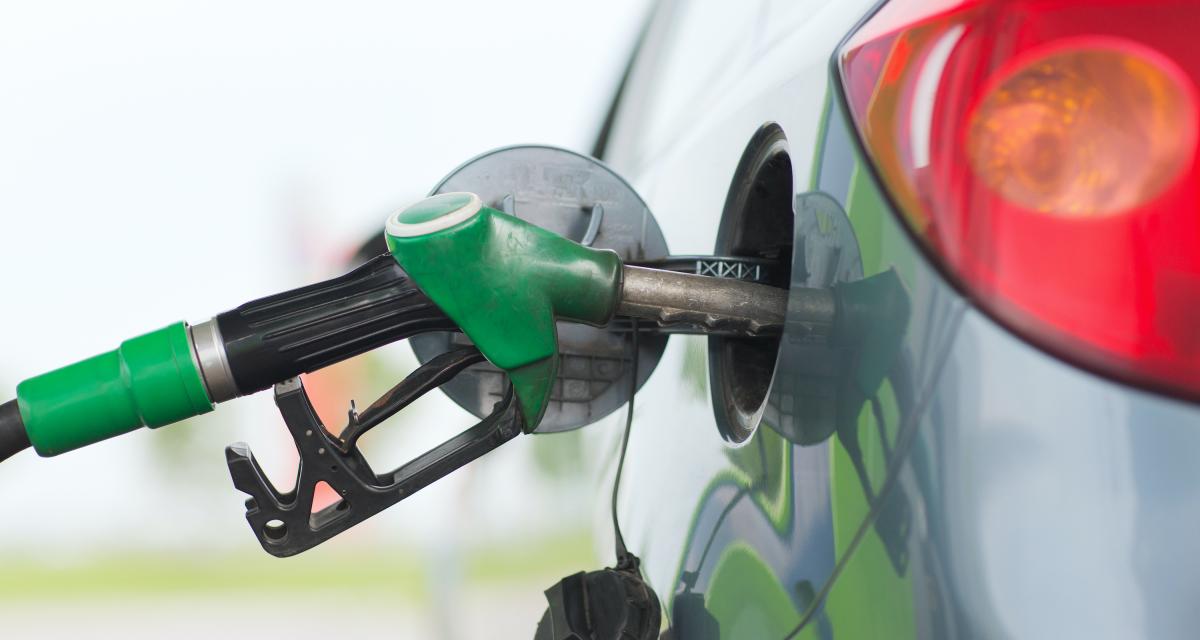zapping car news Renault Austral (2022): the successor to the Kadjar on video
If the deadline is set and not so far off with a Europe that tends to bring it even closer to five years i.e. 2035 or 2040 whichever is chosen in France, it does not mean the total disappearance of thermal engines , gas on your head. It will simply no longer be possible to acquire them on the new market and, despite increasingly pronounced traffic restrictions, they will not be banned everywhere and they will be massively represented on the second-hand market.
At present, the technology electric will no doubt have evolved enough to match wider applications, but before it gets there, lead-free, which also benefits from advances that improve energy efficiency, still shows unparalleled versatility. So much so that you are never really wrong in choosing it, although some applications are more optimized with other energies. And then there are other types of applications for which gasoline retains the advantage. There they are.
Very low mileage
Who says few kilometers often says city traffic. In this area the electric would have a number of arguments to make. But even the smallest battery-powered models are expensive, more than their unleaded fuel equivalents. A price difference that pays for itself with use, thanks to cheap refills. Successfully amortizing this investment will require a certain number of kilometers that the smallest riders will probably never achieve.
Not to mention that an electric vehicle, even a small one, imposes charging equipment at home, taking away hopes of profitability. The maintenance gain is also insignificant, due to the lightness of thermal models aimed at this use and the low wear and tear it entails for consumables, especially since the mileage is low.
Only the Dacia Spring Electric is a quick profitable solution in this case, but only thanks to the current government support. Its “cheap” handling and lack of convenience on highways also limit its performance over rival petrol cars that are less restrictive when needed.
The second vehicle that can go far
If you have more than one vehicle, the second will cover less miles and will generally be more compact. Sometimes used earlier in the city, sometimes used just as much on larger axles, it was again possible to opt for both petrol and 100% electric. But if he also has to be able to guarantee longer journeys on the highway, the thermals make the difference because of its ease of use.
If these highway rides aren’t too numerous and you mostly drive in the city the rest of the time, a non-rechargeable hybrid solution called “full hybrid” may also be right for you.
The most important vehicle for moderate mileage without restrictions
The main vehicle will certainly have to use the highway more often while driving on all types of roads, both in the city and in the suburban areas. This mix makes lead-free interesting. Models produced since January 1, 2011 and equipped with a petrol engine benefit from the “Crit’Air 1” sticker, allowing more permanent access to “Low Emission Zones” (ZFE).
And at the same time, journeys on highways can be made over very long distances, loaded with luggage with all occupants on board, without reducing your speed by 20 km/h below the allowed limit in order to optimize autonomy, and all without the lengthy breaks due to the refueling. Traveling more than 800 km presents no particular problems.
However, the annual mileage, all trips together, should not exceed 20,000 km, potentially making diesel more economically attractive beyond that. Unless, of course, regular traffic in the ZFE requires you to have a petrol car. In this case, Mazda’s “Skyactiv-X” petrol engine, which is similar to a diesel block, can help you reduce consumption and offer you a good compromise for your use.
The passion vehicle
There is no one way to have fun behind the wheel. On the other hand, for the search for mechanical sensations, we do not do better than gasoline. Majority of athletes choose petrol instead of diesel because lead-free rotating blocks, with the same or even less displacement, develop more power for less weight, which is one of the most important elements of efficiency. Not to mention a more flattering sound than diesel engines.
A point that sins on the part of electric cars. The latter, as effective and efficient as they are among the sportiest, sometimes lack atmosphere. An atmosphere that we look for in a marked way to accompany a winding route or a round on a circuit, or else more moderate, in a compartment of major tourism for example.
The steering of a gearbox, especially if it is manual and coupled to a clutch pedal, helps to become “one” with the machine. A privilege reserved for thermals. Some old models converted to electric, according to the “retrofit” principle, still have a mechanical gear lever. However, these give almost no frictional sensations at the pedal and the different ratios only serve to limit the acceleration force more or less (and to improve energy efficiency depending on the speed), each of which can be used to drive the vehicle. launch , from the first to the last.
Automotive passion is not just about performance and this is where the petrol engine offers the most complete experience. The hardest part is finding a passive car that isn’t overly handicapped by CO2 emissions taxes, which is still possible on small or moderate-powered models. For the others, who are not necessarily the ones who drive the most miles when it comes to sports cars, these taxes can add up to several tens of thousands of euros, which almost sounds like a ban…
In brief
Are you planning to switch vehicles in the course of this year 2022 but haven’t yet decided between petrol, diesel, hybrid or even electric or ethanol? Discover four reasons to choose a petrol car in this article.





